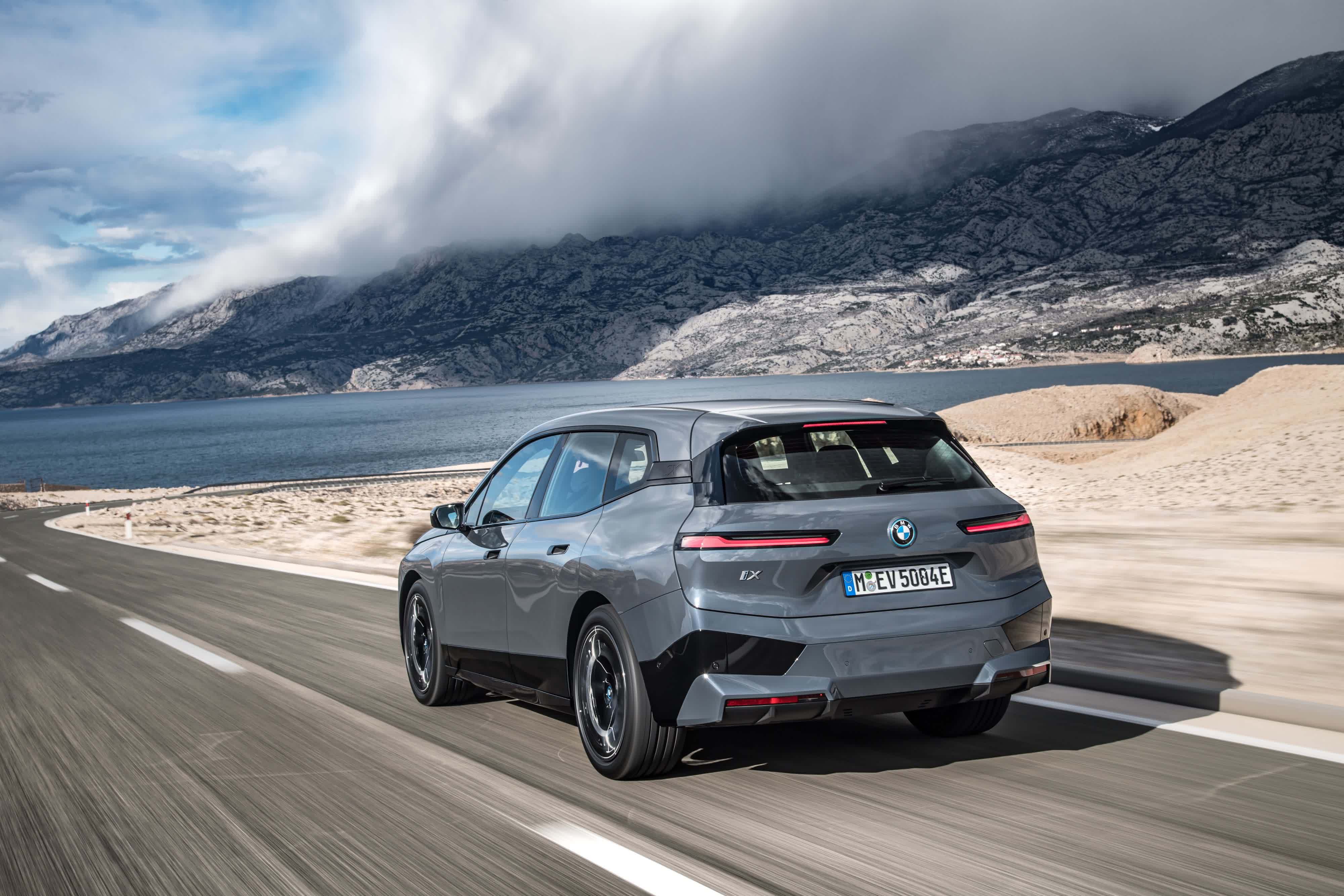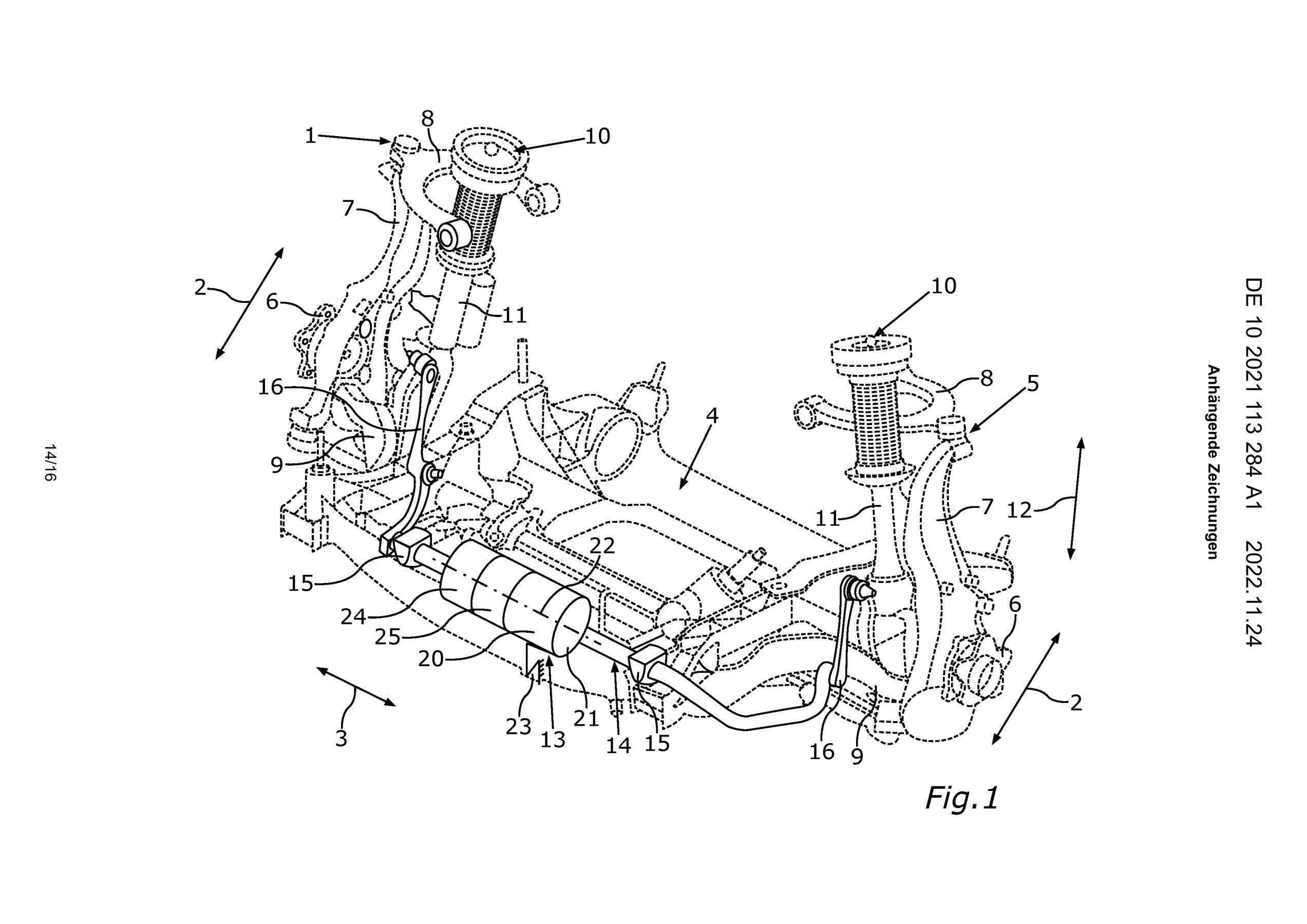Why it matters: Auto manufacturers continually look for innovative ways to charge electronic vehicles to increase their viability and range. The availability of EV charging stations is growing but still limited. Automaker BMW is the latest company to consider harvesting energy from car suspension systems.

Last month, BMW filed a patent for a system that helps charge electric vehicles when they drive over obstructions like speedbumps or potholes. The process uses a vehicle's sudden upward and downward wheel movements when driving over such objects.
Typically, when a car hits a pothole or speedbump, the suspension absorbs the energy from the vertical wheel motion, and then the dampeners dissipate it. According to BMW's patent, a generator containing a spinning wheel attached to the suspension system could instead store the energy the springs absorb and release. CarBuzz notes the process could charge an EV high-voltage traction battery or a 12V electrical battery.
The patent doesn't indicate which future BMW model could feature the system or if the method will ever come to fruition. Companies frequently file patents for devices that never reach the market.

The German automaker isn't the only company considering charging EVs with kinetic energy from bumps and dips in the road. Gig Energy is developing a system using the same fundamental concept. Its website advertises the energy savings it could bring to trucks, delivery vans, cars, and other vehicles. Audi also played with recovering energy from suspension systems years ago with eROT, but ultimately let the idea go.
Because EV charging stations aren't everywhere, companies are exploring various alternative methods. In June, Electreon announced plans for a one-mile trial road in Detroit that can wirelessly charge EVs. A system of coils underneath the street would connect to the power grid and charge vehicles depending on their speed, and wouldn't be dangerous to animals or people crossing the road.
Ideas like wireless charging roads or conserving suspension energy could extend an EV's range and save people energy, but they probably won't keep vehicles fully charged. Charging stations will likely remain the primary method for fueling EVs for the foreseeable future, and groups like Electrify America are working on expanding their reach.
https://www.techspot.com/news/96894-new-bmw-patent-could-charge-evs-speed-bumps.html
